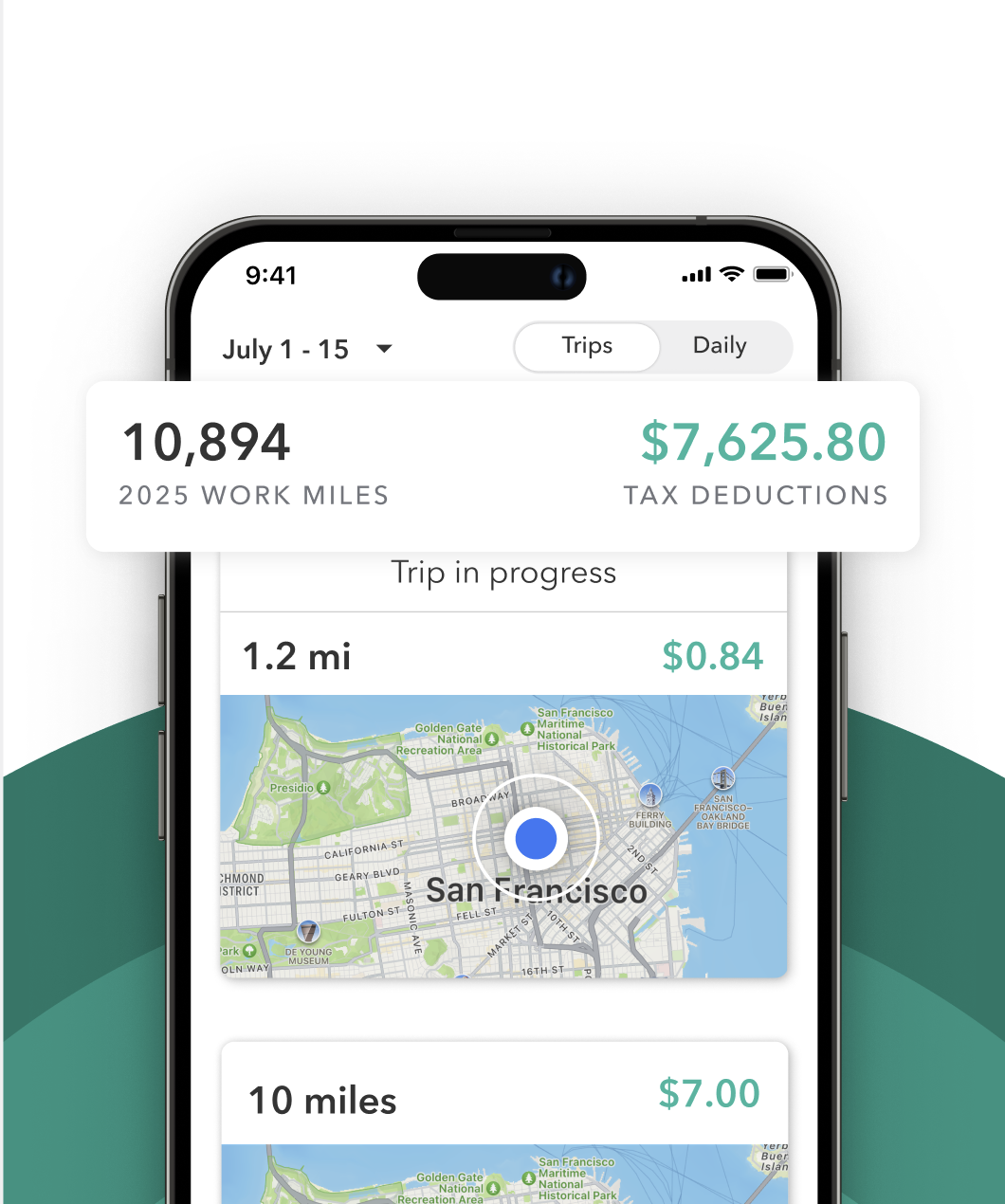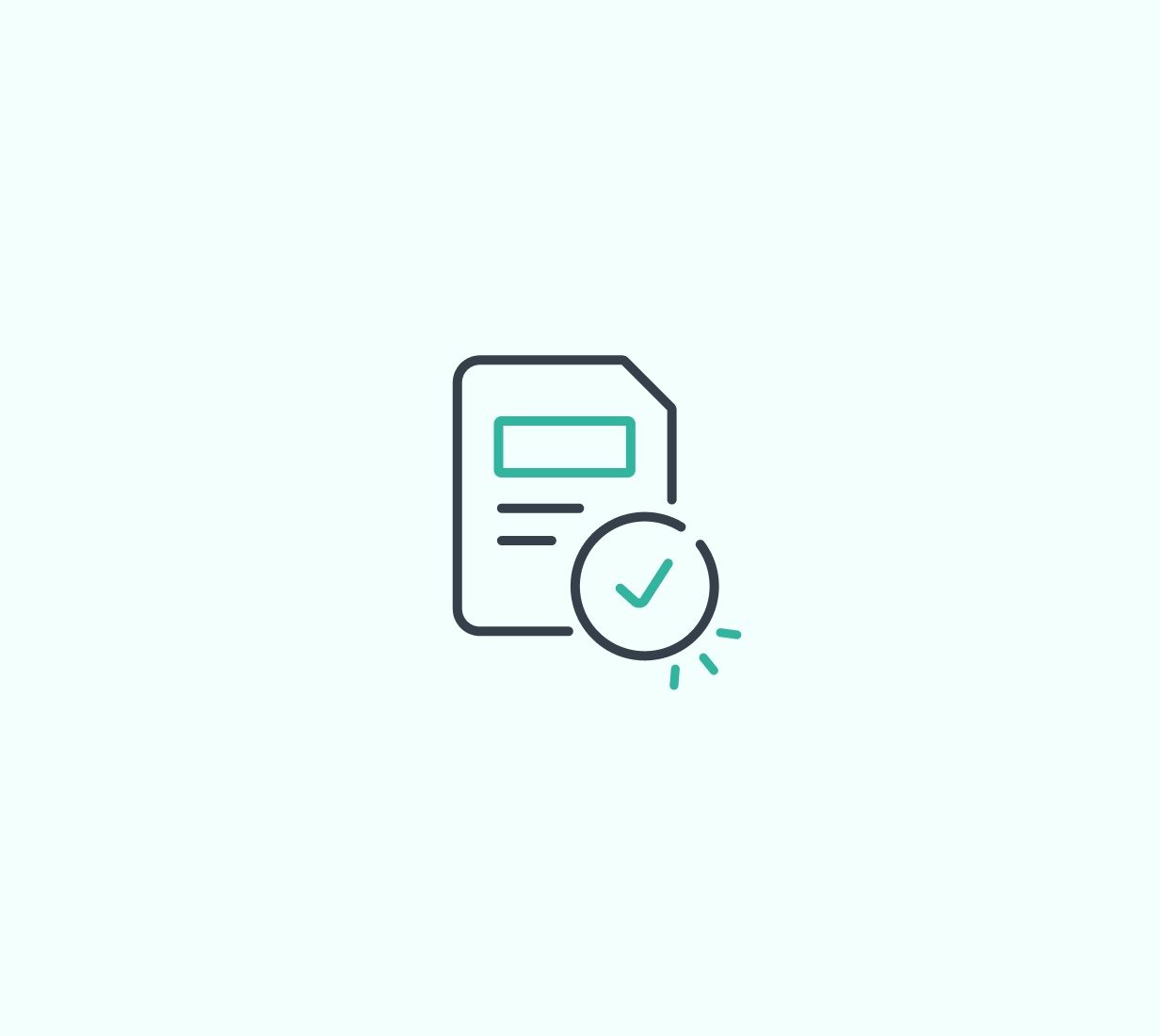Amazon Flex drivers are independent contractors. That means you have access to valuable write offs that keep more of your flex pay in your pocket. Below you’ll find the most relevant, real-world deductions for Amazon Flex drivers and tips for claiming them correctly.
Vehicle expenses
Your vehicle is the most important tool for your work with Amazon Flex. The IRS gives you two main ways to deduct the costs of using it for deliveries.
Standard mileage rate
The simplest way to deduct vehicle use.
- Multiply your business miles by the IRS mileage rate.
- Designed to cover gas, maintenance, insurance, depreciation, and other car costs in one easy rate.
- Best for drivers who have lower actual vehicle costs or want easier record-keeping.
- Requires you to track your Amazon Flex miles precisely.
This method is often the choice for drivers who want to save time and avoid keeping receipts for every fill-up or repair.
Actual expense method
If you want to write off the actual expenses of your vehicle, you have to track the real costs. This includes:
- Gas and oil
- Repairs and maintenance
- Insurance premiums
- Registration fees
- Lease payments or depreciation
You must also track the percentage of time you use the vehicle for business. If you use it for both personal and work trips, you can only deduct the business-use portion.
Expenses deductible regardless of method
Regardless of which approach you choose, you can always deduct:
- Parking fees you pay while working
- Tolls during deliveries
These costs are fully deductible as long as they’re directly tied to your delivery work.
Phone and service costs
You cannot work for Amazon Flex without a smartphone. That makes your phone and its service an essential business expense.
Deductible costs include:
- The business-use percentage of your monthly phone bill and data plan
- Accessories such as mounts, chargers, and hands-free devices used while delivering
Pro tip: Review your usage and estimate what portion is work-related to deduct the right amount.
Delivery supplies and equipment
Flex drivers often invest in supplies that make deliveries faster, safer, or more professional.
Common deductible items include:
- Insulated delivery bags to maintain temperature
- Totes or bins for organizing packages
- Flashlights or safety vests for evening routes
- Protective gloves or weather gear
Keep receipts to substantiate these purchases at tax time.
Insurance costs
Your standard personal auto policy might not fully cover you during deliveries. Consider these potentially deductible costs:
- Insurance riders or add-ons for delivery work
- Commercial auto policies if required
If you pay extra to ensure you’re properly covered for deliveries, those added costs can be deducted. But note, like your original policy, this is only deductible if you're taking the actual expense method and not the standard mileage rate.
Platform fees and commissions
While Amazon Flex itself does not charge a booking fee the way rideshare apps do, you may still pay third-party services that help you manage your work.
For example:
- Fees to apps or services that help you secure blocks
- Payment processing fees for receiving payouts
- Transaction or withdrawal fees from certain payment platforms
Always review your statements and track these charges carefully.
Professional services
Running your own delivery business may require professional help. Deductible services include:
- Accounting and tax preparation fees
- Legal consultations for your delivery business
These costs reduce your taxable income and can make it easier to stay compliant.
Health insurance premiums
If you pay for your own health insurance, you may qualify to deduct your premiums.
This applies to self-employed individuals and can significantly lower your overall taxable income. Be sure to keep documentation of your payments throughout the year.
Home office expenses
Do you use part of your home to manage your delivery work? If so, you might be eligible for the home office deduction. The space must be used regularly and exclusively for business tasks, such as scheduling blocks, managing earnings, or storing delivery gear.
Deductible costs may include a portion of:
- Rent or mortgage interest
- Utilities
- Home insurance
- Internet service
How to track your tax deductions
Good record-keeping is key to claiming these deductions. Save all receipts and invoice and keep a detailed mileage log, either manually or with a mileage tracking app for Amazon Flex. Ensure that you’re reguardly record the business-use percentage of mixed expenses like phone bills, and properly categorizing expenses as work or personal if you do not have a dedicated account.
Apps like Everlance make this process easier by tracking your trips automatically, logging expenses, and storing receipts digitally so you’re ready for tax time.
How to claim your tax deductions
Most Amazon Flex drivers will report their income and expenses on Schedule C of their tax return.
Key steps:
- Report your gross delivery earnings
- Subtract all eligible business expenses
- Calculate your net profit, which is subject to both income tax and self-employment tax
Some deductions, such as home office expenses or vehicle depreciation, may require additional forms or worksheets. For complex situations, consider consulting a tax professional.
Common mistakes made
Avoid these errors to maximize your savings and stay compliant:
- Mixing personal and business expenses without proper documentation
- Forgetting to track mileage or deliveries
- Ignoring small but valid expenses like parking fees or delivery supplies
- Overestimating the business-use percentage of shared expenses
- Failing to save receipts or records
By understanding these deductions and tracking your expenses accurately, Amazon Flex drivers can significantly reduce their tax burden and keep more of their hard-earned money.











